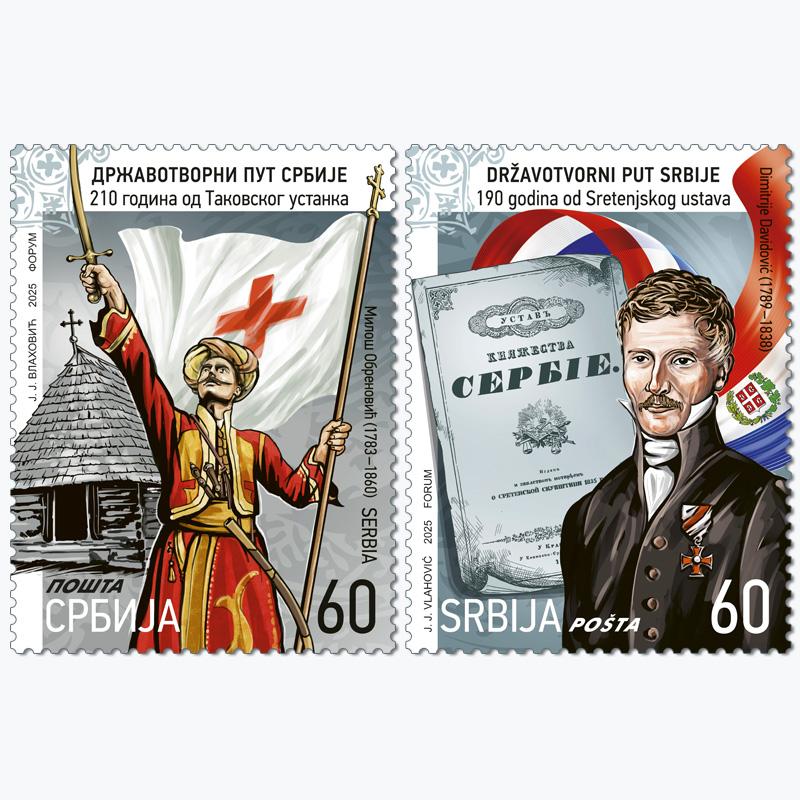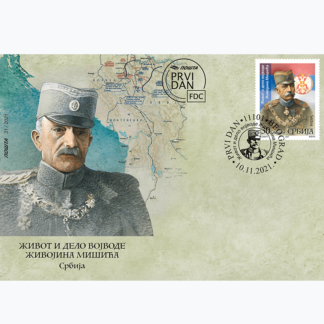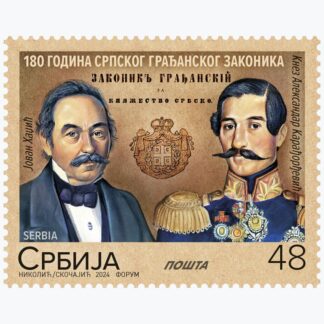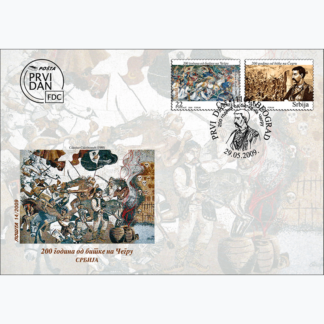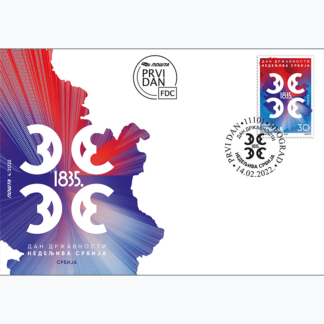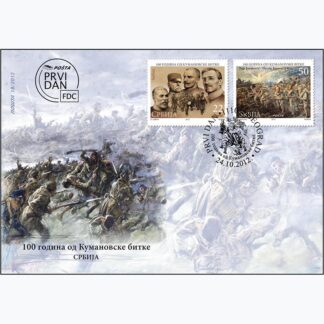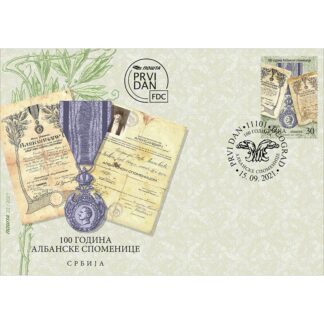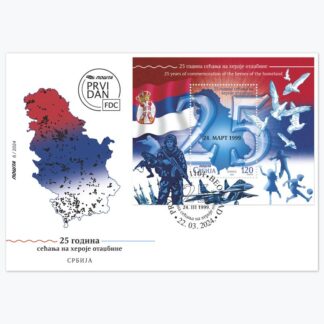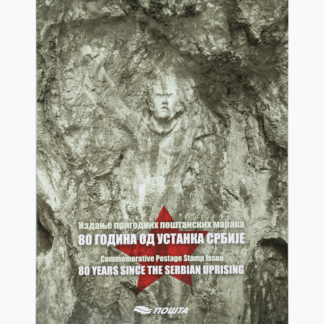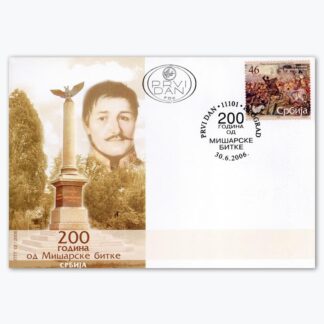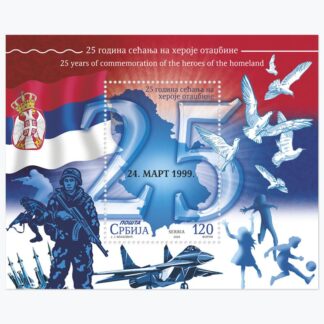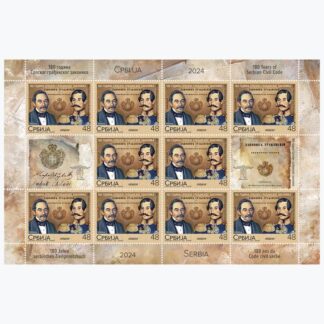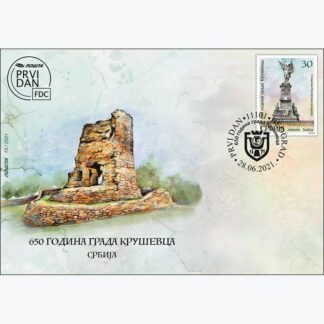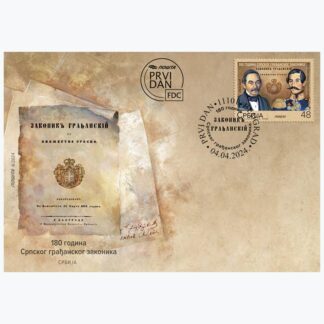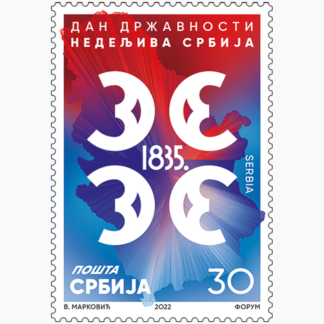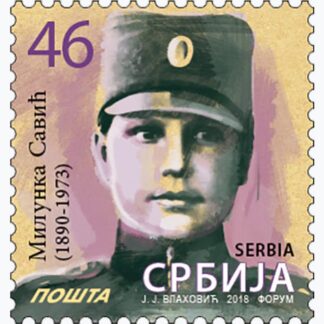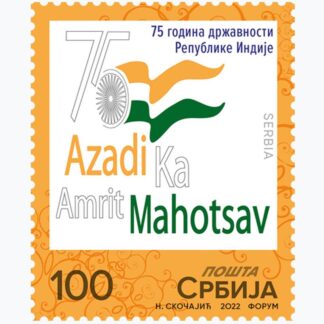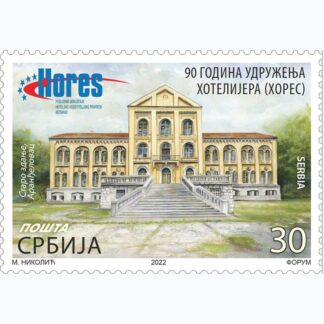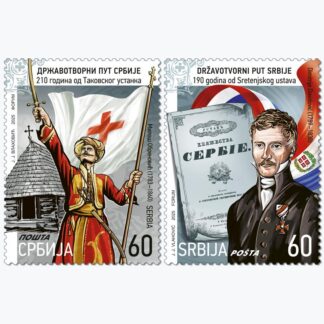Description
210 years since the Takovo Uprising
The Second Serbian Uprising is one of the most significant events in the process of creating the modern Serbian state in the 19th century. The uprising, the beginning of which was officially marked on the Palm Sunday, April 23, 1815 in Takovo, was the third and last in a series of armed movements within the Serbian Revolution (1804–1833). Its successful outcome created the foundations for negotiations with the Ottoman Empire, which were crowned a decade and a half later with the establishment of the autonomous Principality of Serbia.
The Takovo Uprising was prompted by the difficult living conditions of the Serbian population in the area of the Belgrade Pashalik in the years following the collapse of the First Serbian Uprising (1804–1813) and the failure of the Hadži Prodan’s Rebellion (1814). In response to the Ottoman violence, the national elders decided in the spring of 1815 to launch an uprising, led by the voivode and senior-chief Miloš Obrenović. After taking the ceremonial oath in front of the church log cabin in Takovo, the insurgents set off to battle. In the following weeks and months, a series of major battles followed, among which the battles of Čačak and Ljubić, the battles of Palež and Požarevac, and the Battle of Dublje stood out for their significance.
The rapid occupation of almost the entire territory of the Pashalik, excluding fortified cities, as well as the humane treatment of Turkish civilians and soldiers, enabled the Serbian leader Miloš to reach an oral agreement with the Turkish military commander Marashli Ali Pasha at the end of July 1815, which guaranteed the Serbs self-government in the Belgrade Pashalik. This agreement served as the basis for a long-standing diplomatic struggle for autonomy, which ended with the Sultan’s issuance of three hatt-i sharifs, in 1829, 1830, and 1833, by which Serbia acquired the status of a vassal principality of the Ottoman Empire.
190 years since the Sretenje Constitution
The first constitution of the Principality of Serbia was ceremonially proclaimed at the Great National Assembly in Kragujevac on Sretenje (the Presentation of Our Lord in the Temple) – 15 February, 1835. Its adoption was the epilogue of long-term efforts to limit the personal power of Prince Miloš Obrenović and establish the foundations of a legal state in Serbia. The success of the so-called Mileta’s Rebellion, at the turn of 1834 and 1835, forced Prince Miloš to accelerate the process of adopting the constitution, the author of which was selected to be the Prince’s secretary, Dimitrije Davidović.
Davidović’s draft constitution in principle envisaged the division of power into legislative, executive and judicial branches. According to the letter of the constitution, legislative and executive power was divided between the Prince and the institution of the State Council, while judicial power was entrusted to independent courts, which had yet to be established. The constitution was also remembered for codifying general national rights and freedoms, such as equality before the law and the inviolability of person and property. A special civilizational step forward was represented by the constitutional articles that prohibited slavery in Serbia and abolished the last relics of feudalism.
Inspired by Belgian and French models, the first Serbian constitution seemed too liberal to its contemporaries, and it soon encountered resistance from the Great Powers. Due to the liberal principles it proclaimed, it was displeasing to the so-called old order powers, Austria and Russia, while Ottoman representatives saw it as an act of violating the Sultan’s sovereignty. As a result, this “French seedling in the Turkish forest”, as the travel writer Cyprien Robert called it, was abolished 55 days after its adoption. Three years later, it was succeeded by a much more conservative, so-called Turkish constitution, adopted with the consent of the Turkish Sultan and under the patronage of the Russian Emperor.
Professional cooperation: Boris Marković, curator historian of the Historical Museum of Serbia
Artistic realization of the issue: Jakša Vlahović, Academic Graphic Artist
